Business model: What is it and why is it important?
Imagine that you are going to build your own house, the one you have dreamed of and for which you have been saving for years, you have everything in...
By Role
By Industry
By Target Customer
What We Offer
We drive business growth by improving operational efficiency through process optimization, smart automation, and cost control. Our approach boosts productivity, reduces expenses, and increases profitability with scalable, sustainable solutions
Customer Experience
We design memorable, customer-centered experiences that drive loyalty, enhance support, and optimize every stage of the journey. From maturity frameworks and experience maps to loyalty programs, service design, and feedback analysis, we help brands deeply connect with users and grow sustainably.
Marketing & Sales
We drive marketing and sales strategies that combine technology, creativity, and analytics to accelerate growth. From value proposition design and AI-driven automation to inbound, ABM, and sales enablement strategies, we help businesses attract, convert, and retain customers effectively and profitably.
Pricing & Revenue
We optimize pricing and revenue through data-driven strategies and integrated planning. From profitability modeling and margin analysis to demand management and sales forecasting, we help maximize financial performance and business competitiveness.
Digital Transformation
We accelerate digital transformation by aligning strategy, processes and technology. From operating model definition and intelligent automation to CRM implementation, artificial intelligence and digital channels, we help organizations adapt, scale and lead in changing and competitive environments.
Operational Efficiency
We enhance operational efficiency through process optimization, intelligent automation, and cost control. From cost reduction strategies and process redesign to RPA and value analysis, we help businesses boost productivity, agility, and sustainable profitability.
Customer Experience
Marketing & Sales
Pricing & Revenue
Digital Transformation
Operational Efficiency
4 min read
Por Bryan Sanabria | May 29, 2025
4 min read
Por Bryan Sanabria | May 29, 2025
This blog will explain what a BMC is and a step-by-step explanation of how to define a business model with this famous canvas.
To learn more about business models I recommend the following blog: Types of business model in less than 800 characters.
BMC is an acronym of the words Business Model Canvas; in Spanish it is called lienzo de modelo de negocio. The BMC is a tool to show how the organization captures, delivers, organizes, and creates value. It is an essential tool for creating business models. With the help of this tool, the main aspects of the business idea that are necessary for the project to work properly are described. The main components of a BMC are explained below.
The business model canvas can be designed with multiple aesthetic variants. But there are certain main components that the tool must have so that the business model can be created in a satisfactory way. In addition, it must be defined in a way that makes it truly clear what the business idea and the value proposition with the customer is. The main components are these 3:
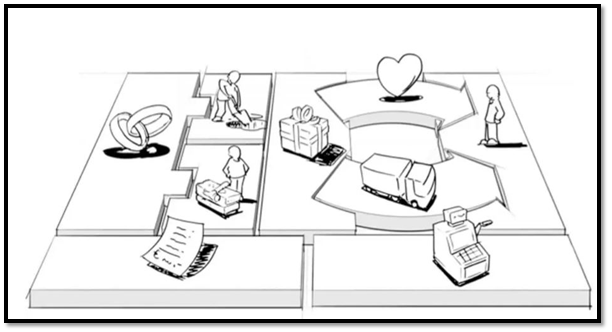
In the picture above you can see a gift that represents your company's value proposition to the customer. Everything to the right of this gift corresponds to the profit center and everything to the left corresponds to the cost centers. Below is a more detailed diagram of how these components are divided and what questions need to be answered:
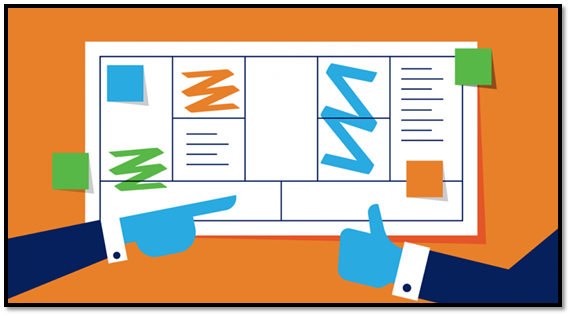
What is the best way to use the tool?
While the use of this canvas does not have a rigid structure that prevents, for example, a preliminary brainstorming that allows for a better design of the business model, the questions where the organization is clearer about its business model can be answered. You could even answer the questions where the organization is clearer about its business model, and once the confidence to provide ideas grows, you could go into the questions that require a more detailed analysis. Even so, I recommend that when creating your first BMC you follow the steps below:
1. Choosing customer segments
A useful strategy for segmenting customers is to group them according to their needs, the channels they can be reached through and the different types of offerings or relationships. In this way you are also creating ideas for the other sections and have a very orderly way of understanding the customer.

2. Define the value proposition
What features and benefits are created for the customer of the segment(s) specified in the previous step? It is recommended to use the following criteria to justify the value proposition:

3. Choosing channels
Channels can be very varied; they can be partners' or own and simultaneously direct or indirect. Channels exist in the different stages of the customer journey. In the Buyer Journey these three stages are Awareness, Consideration and Decision.
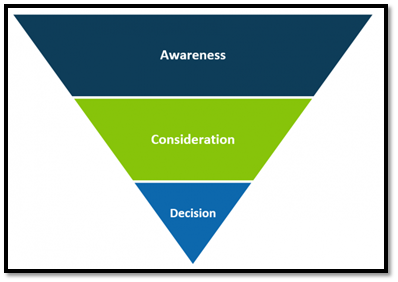
4. Establishing the customer relationship
Customer relationships are of utmost importance to deliver, reach and communicate the value proposition to our customer. In this section it is necessary to determine how new customers are acquired and which relationships are in line with the solution that the company needs to deliver.

5. Determine revenue sources
How is the company generating revenue for each client, is it recurring revenue or does the client pay only once for the solution? The clearest examples of revenue generation are:
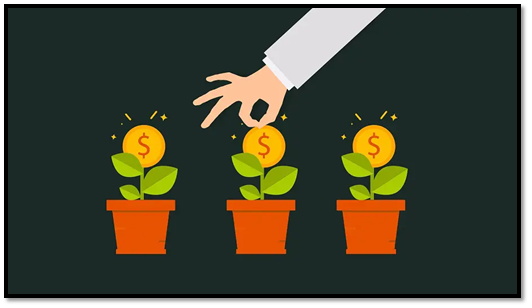
6. Determine key resources
Resources are everything that is needed to successfully carry out the business model. They can be divided into: Physical, Intellectual, Human and Financial.
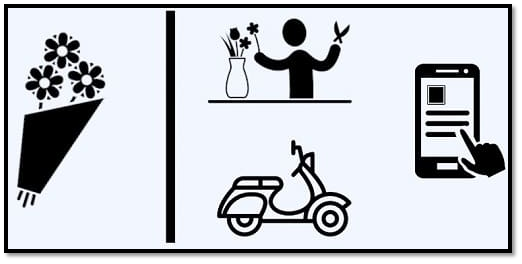
These are all the tasks to carry out a business model that provides the target user or customer with a solution to their problems.
8. Choose key partners
This includes the stakeholders, the network of suppliers and partners needed to carry out the business model. Some factors that make the business model need a partner are: Optimization of economies of scale, risk reduction and the acquisition of resources or activities especially by outsourcing companies.
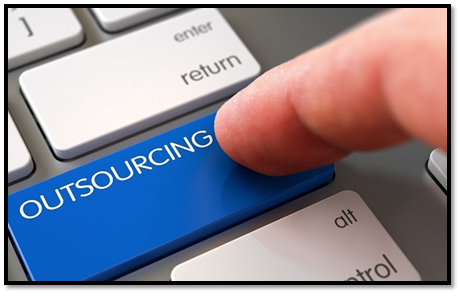
9. Differentiate the costs incurred in the business model
Finally, to run a successful Business Model you need to ensure financial viability. For this it is necessary to divide the operating costs as follows: Fixed Costs, Variable Costs. In addition, economies of scale, cost minimization and premium value propositions that generate the maximum possible value must be considered.
In conclusion, the way you do your BMC should not be rigid at all but following a series of steps ensures that the process is sequential and logical. This makes the design process a high value activity.
For more information I recommend you visit these interesting blogs:
Business Model Canvas: Osterwalder-Pigneur and alternatives
Construye Paso a Paso un Business Model Canvas

Imagine that you are going to build your own house, the one you have dreamed of and for which you have been saving for years, you have everything in...

Business Model Canvas: What it is and how to create a business model canvas Have you ever felt that it is difficult to communicate and set strategic...

By focusing on the customer experience, companies generate greater loyalty from their buyers, grow their brand presence and, therefore, their...